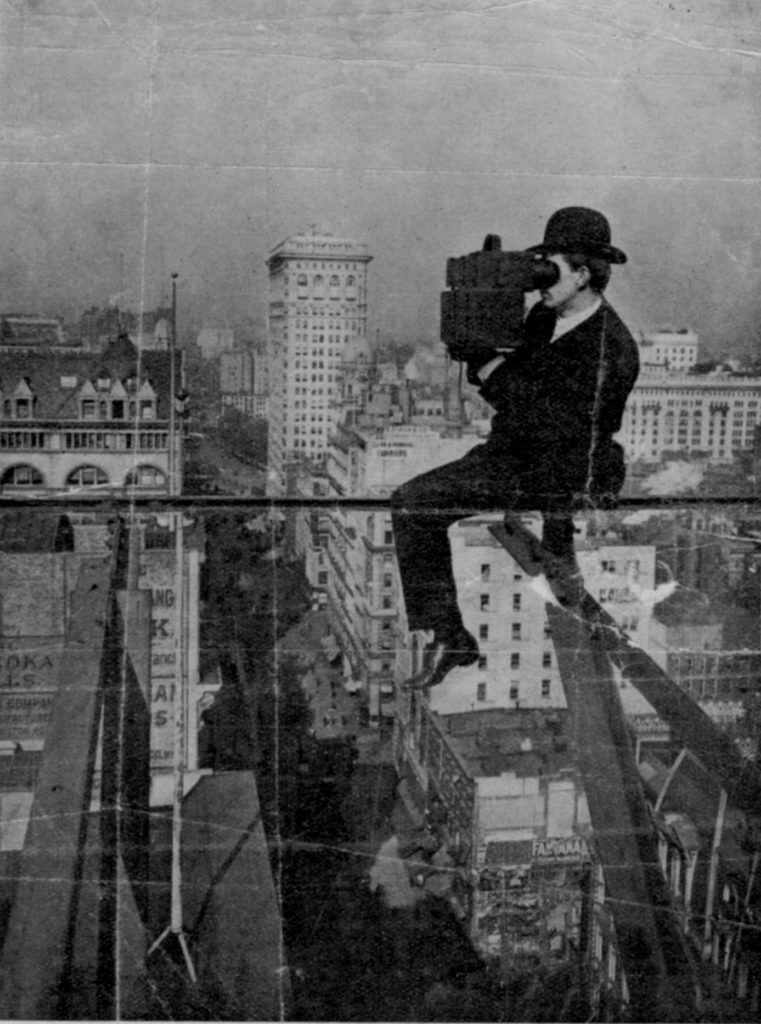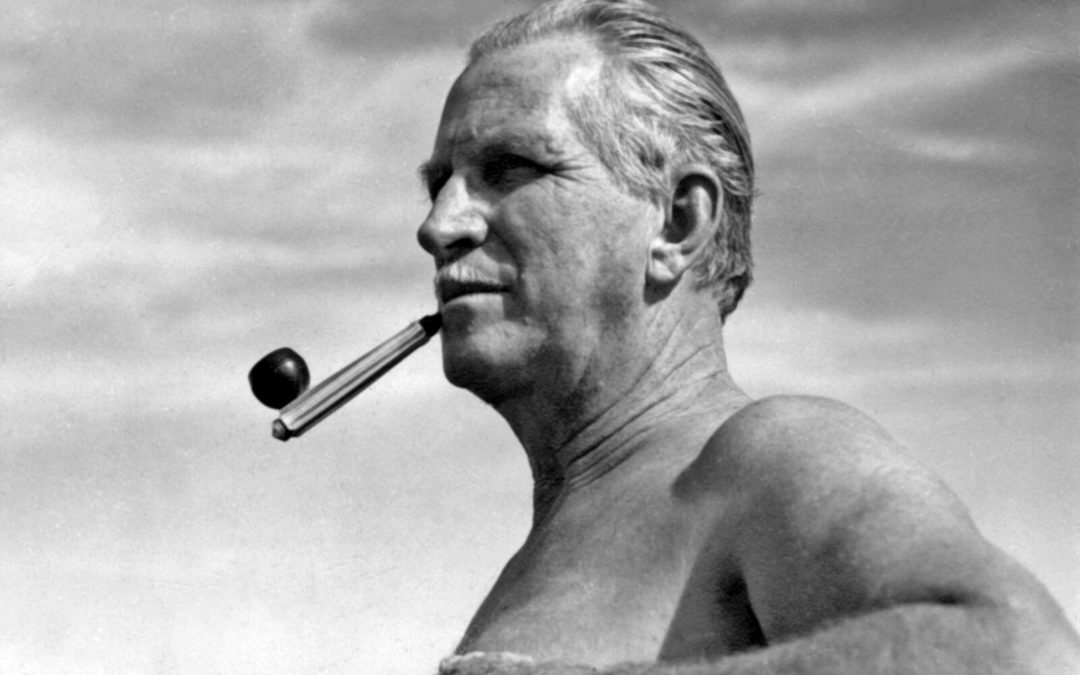Horace Ashton had been dead for 27 years when we first met. The man known as “The Spirit of Villarosa” did not appear to me in an ethereal manner. He jumped out of a series of transcripts he recorded in his mid-eighties that were sent to me by his son Marc.
As I began transforming the transcripts into a manuscript, I felt like I was channeling Horace’s spirit through his adventures. Imagine going to sea as a cabin boy at age 14; becoming an orphan at 15, as I had; and accepting a job as a photographer when he was only 16 and had no experience taking pictures. Young Ashton soon found himself photographing Washington’s elite, beginning with Alice Roosevelt and moving on to members of Congress.
Horace Ashton’s camera became his passport to the world. He was named President Theodore Roosevelt’s official White House photographer and traveled the world with President-Elect William Howard Taft in 1908.

Sadly, it also helped him document world disasters, such as the eruption of Mount Pelé that claimed almost every living soul on Martinique in 1902 and the 1906 San Francisco earthquake, which laid waste to the city and its population. Between these assignments, he documented the Wright Brothers first flight, the Russo-Japanese War, and the construction of the Panama Canal. After that he headed to South America to find orchids in Colombia and the source of the Orinoco River.
All these adventures occurred while Ashton was still in his twenties, and he continued to explore new avenues of expression until he was 90. As I read about the variety of adventures and endeavors Ashton undertook, I felt like I was along for the journey—an armchair explorer vicariously traveling the world. I believe Horace Ashton’s spirit continues these adventures, and someday I hope to meet him and hear one of his amazing stories.

